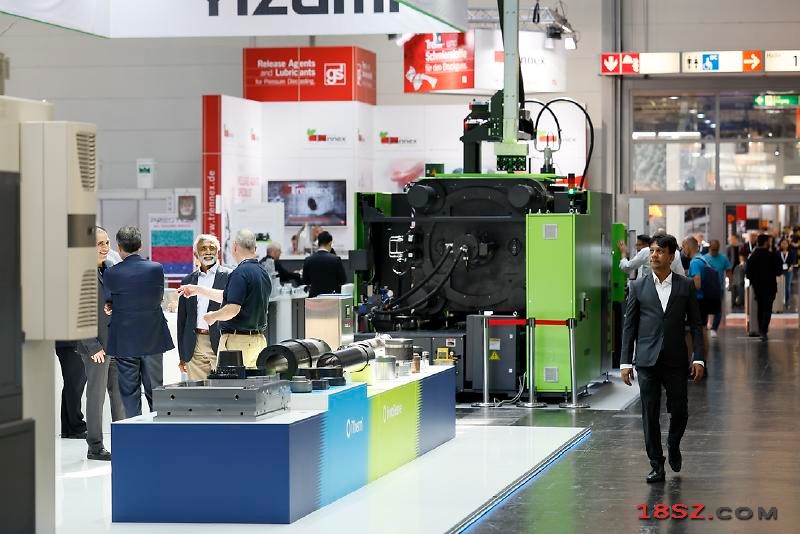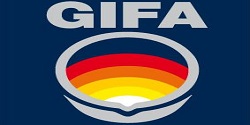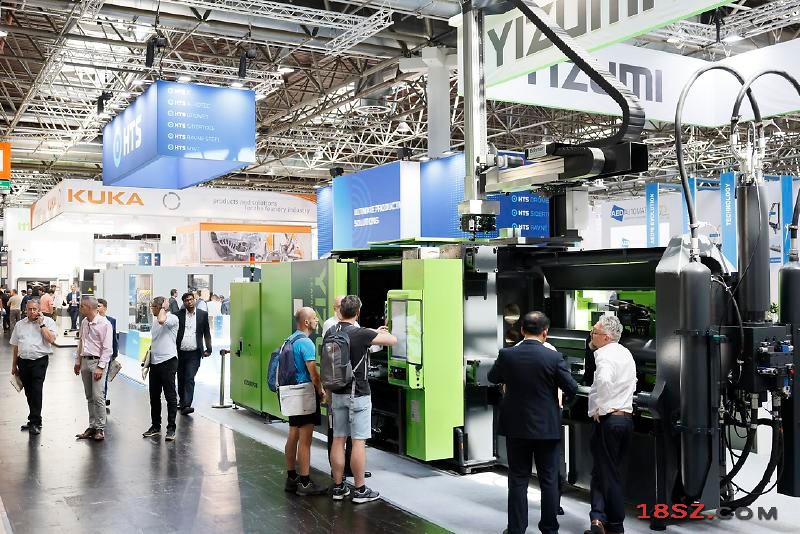
德国杜塞尔多夫国际铸造展览会(GIFA)是国际上规模最大、最专业、最先进的铸件、原辅材料、铸造设备展览会,是由杜塞尔多夫展览公司主办,是当前世界上规模最大的国际铸造展,创办于1963年,四年一届,在德国杜塞尔多夫国际展览中心举行。德国国际冶金技术展览会暨大会(METEC)和国际铸造展(GIFA)是世界上规模最大的综合类冶金和铸造展览。THERMPROCESS、NETCAST、METEC、GIFA四大展会同期举行,虽属不同的行业领域但相关性强,且只需一张门票就可以参观所有展览。技术论坛与四场世界级展会全部在同期、同地举办,这意味着可以全面了解所有主要供应市场上从基础技术乃至成品的发展情况。
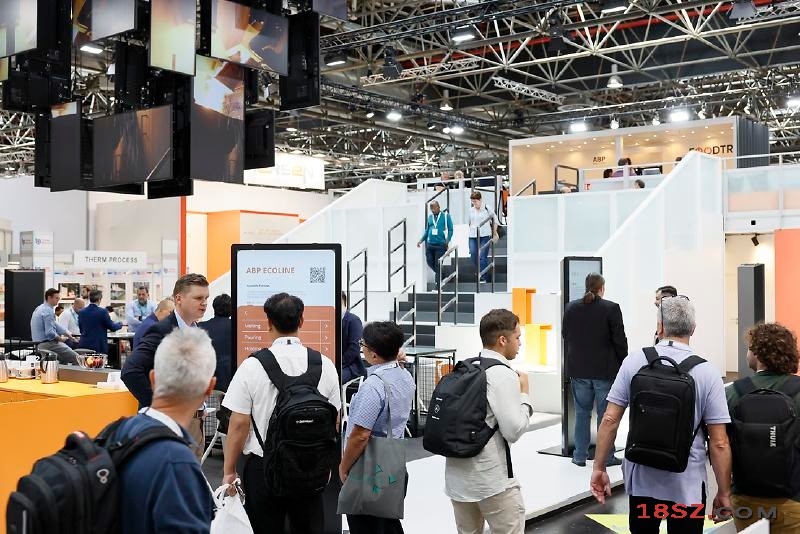
GIFA展的观众范围:铸造厂,铸造机械供应业,原辅材料和工艺材料铸造厂的供应商,汽车产业,机械工程行业,钢铁及有色金属行业,贸易和商业,服务等。
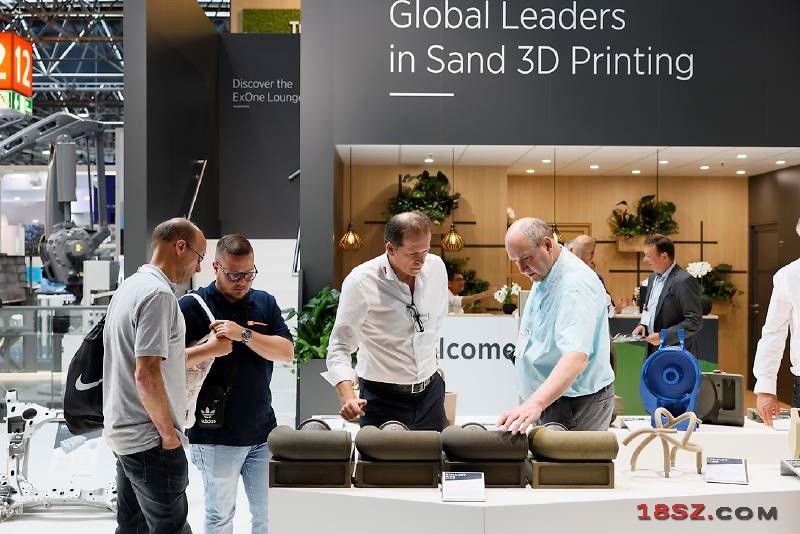
该展是“辉煌世界金属展”:德国国际铸造展,德国国际工业炉与热处理展,第8届德国国际冶金技术展,德国国际精密铸件展的“四重奏”之一。他们共占据杜塞尔多夫展览中心十几个展馆,展览面积超过18万平米,有2千多家展商参加,来自世界上多个国家和地区的万名专业观众参观该展览会,参观者和展商是铸件、原辅材料、铸造设备及相关产品的企业生产者、研发者及用户和采购公司的决策者。该展览会将展出世界各国最先进的铸造设备,仪器仪表和各国质量优秀的铸件及铸造材料,是我国铸造、铸品相关企业了解国际市场变化,展示我们的铸件和相关产品,开拓国际市场,增进我国铸件和铸造材料出口的极好机会。
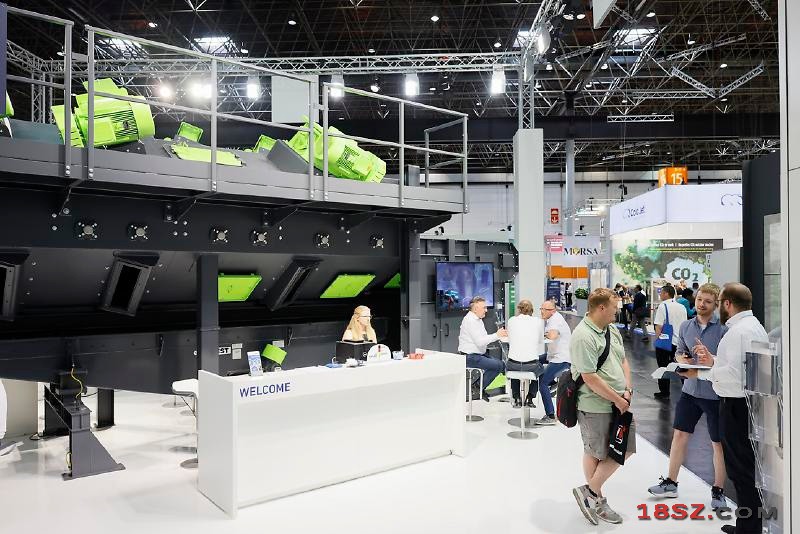
德国GIFA国际铸造展览会、NEWCAST国际铸件展览会、THERMPROCESS工业炉与热处理技术展每四年一届在德国杜塞尔多夫市同时举行,同时还将举行WFO(世界铸造者组织)技术论坛、国际冶金技术,工业炉展览会及学术会议。
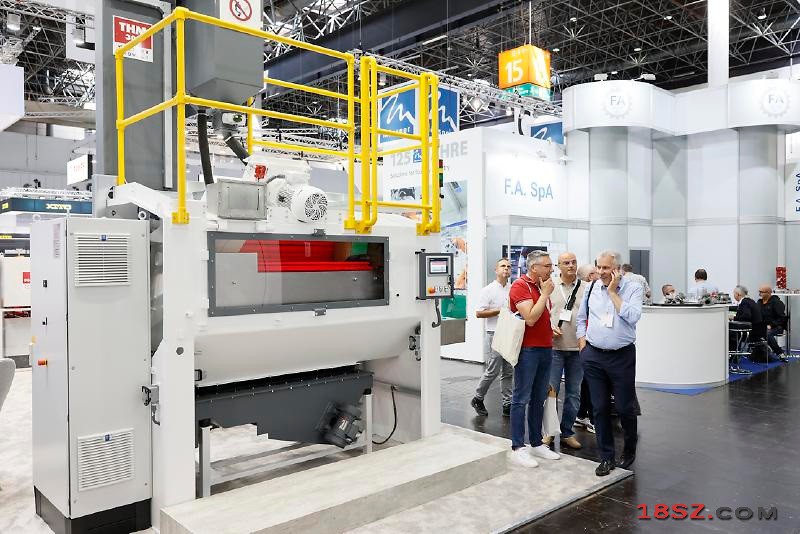
德国GIFA和NEWCAST展览会是当今世界上颇具影响力的专业铸造展览会。根据统计,以往展览会的参展商来自50多个国家;7万多名参观观众来自世界80多个国家,以欧洲国家为主;来自亚洲的观众也比2003年的展出高很多,参观的观众中,德国以外的观众约占50%。参加GIFA和NEWCAST展览会是中国铸件及铸造设备、材料企业对外宣传和寻找订单的有效途径。
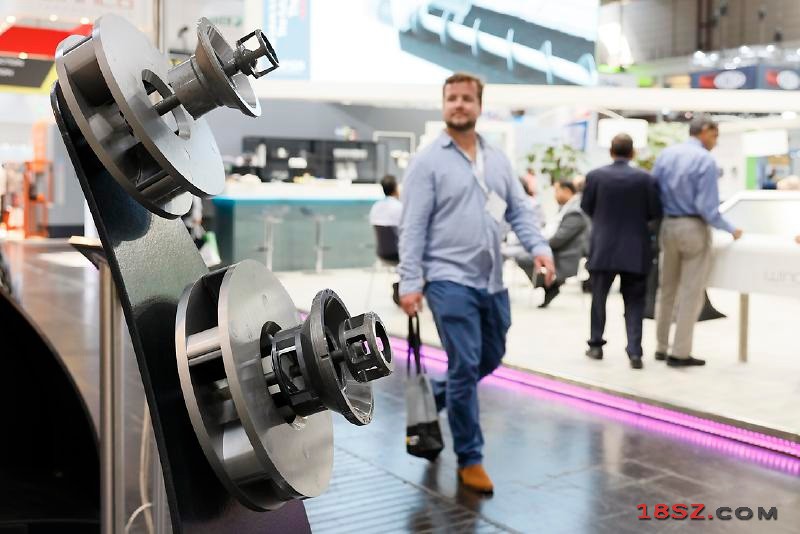
展品范围(Show Products):
1、压铸设备:熔炼设备;各种冷室/热室压铸机(铝、锌 、铜、镁合金压铸机);各种液压机、油压机周边设备及配件;差压铸造涂料;熔模铸造;精密铸造(专用合金及蜡料);压铸模具;工艺控制及挤压铸造;低压铸造;重力金属模铸造;离心铸造;连续铸造;壳型铸造;消失模铸造;
2、砂处理设备:落砂设备;造型制芯设备;抛喷丸清理强化设备;金属型铸造设备;熔炼烧注设备;熔模设备;输送设备;检测设备;时效处理设备;涂料设备;型芯烘干设备;特种铸造设备;铸造用炉及配件;燃烧器及铁嘴;无损探伤;耐火材料;铸造材料;铸造用树脂、铸造修补材料及设备等辅助产品;控制设备;测试仪器(测温仪等);
3、锻造设备:模锻设备;自由锻设备;挤压、回转成形、切断、弯曲扭转成型设备;机械压力机;自动锻压机;液压机;自动成型设备;普通成型设备;锻锤;锻机;焊接;剪切机;弯曲校正机;卷料板材开卷校平设备;铆接机;其它锻造设备及配件;锻造用工业炉窑及节能技术;锻造自动化控制设备;
4、铸、锻件产品:各种用途优质铸件(汽车、摩托车用铸件、铸阀门、灰口铸件、球墨铸件、可锻铸件、铸钢件、合金铸件、精密铸件、压铸件、轧辊、铸铁管、钢锭模、艺术铸件、耐磨铸件、有色及特种铸件),灰铁、球墨铸铁等。
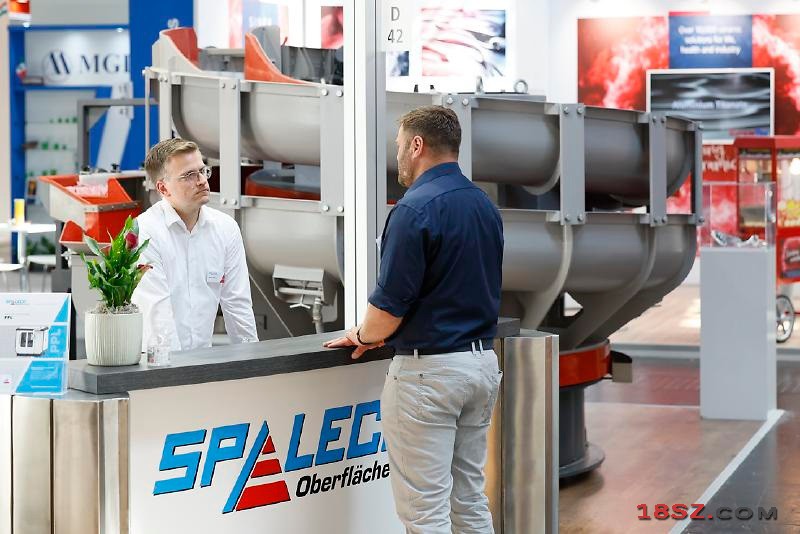
展会报告(Show Reports):
The transformation of the metals industry towards climate neutrality was the main theme of the Bright World of metals, which took place with great success in Düsseldorf from 12 to 16 June 2023, and was also much discussed at the GIFA and NEWCAST stands. The exhibiting companies and expert conferences focused on technologies and solutions for decarbonisation, sustainability, energy and resource efficiency in the sense of circular economy across all stages of the added value chain, following a cradle-to-cradle approach. Messe Düsseldorf picked up on this development years ago with its ecometals initiative. The exhibitors’ product range was correspondingly diverse. A total of 63,262 international visitors took part in the events at the Düsseldorf fairgrounds. about two thirds of visitors were from abroad, with about one third traveling from outside Europe.
Sustainability, energy and resource efficiency are the trends within the foundry industry
The decarbonization strategies of this heterogeneous industry are as diverse as the raw materials and casting processes of the individual foundries. Another topic which is part of the sustainability agenda of foundries and suppliers of casting technology, is the efficient use of resources and energy. Green hydrogen especially plays an important part as a climate-neutral replacement for natural gas in reheating furnaces, albeit to a much lesser extent than in the steel industry, for example. The number one transformation energy for foundries is green electricity, as Max Schumacher, managing director of BDG, emphasised at GIFA.
Example DiHAG: Under the umbrella of the foundry group, eight foundries are working in the areas of iron and steel casting. The company operates five induction furnaces for iron foundries and an electric arc furnace at the steel foundry SHB in Leipzig. CEO Viktor Babushchak focuses on the proprietary power supply for the entire group. Already in 2016, the holding company established its own network in cooperation with Giga Energy GmbH. Around half of the electricity today is sourced from renewable energy. Babushchak’s goal is to generate its own green electricity supply 80 percent wind power and 20 percent solar energy. The main problem, says Babushchak, is the amount of bureaucracy involved in acquiring permits for the wind turbines. This is the reason why the foundry group is currently hardly making any progress towards the expansion goals they set for themselves.
The transformation path towards decarbonisation also leads towards ecological electricity for the foundry Siempelkamp Giesserei. Digitalisation plays a key part in this. Last year, the foundry in Krefeld launched the first fully digitalised melting process together with ABP Induction, a manufacturer of induction furnaces, and the digital start-up Zorc Technology.
Induction melting plants are praised as a replacement for cupola furnaces and gas-fired furnaces by the large manufacturers of industrial furnaces, such as ABP Induction and Otto Junker. How to switch the melting procedure from cupola furnaces using fossil fuels to almost carbon-neutral middle frequency furnaces, was the topic of Dr. Marco Rische from the induction furnace manufacturer ABP Induction Systems and Wolfgang Baumgart from Zorc Technology at the GIFA Forum.
Rische from ABP does not see a future for the cupola furnace. The furnace expert also does not view hydrogen technology as a solution for foundries. "Hydrogen has no future in furnace technology”, says Rische. Hydrogen as melting and heating technology makes no sense either from an economic or an ecological point of view. There is little sense in in using renewable electricity to produce green hydrogen, which causes conversion losses, and then to burn said hydrogen which causes further losses, Rische says. It is much more efficient to use green electricity directly for induction for melting and heating.
According to ABP, the trade fair quartet GIFA, METEC, THERMPROCESS and NEWCAST was a complete success. “The overarching topics of decarbonisation and digitalisation are at the core of this year’s trade fair”, says Till Schreiter, CEO of ABP. “As part of our promise ‘Your partner on the way to Zero emission’, these topics, apart from de-globalisation and demographic change, were exactly those core issues for which the visitors at the trade fair were looking for solutions”, says Schreiter. After the years of the pandemic and the resulting shift towards digital working, there was a noticeable desire for personal meetings. “The proportion of visitors with qualifications and the authority to make decisions was even higher than in the years before, and so it comes as no surprise that this time there were even unplanned agreements signed at the trade fair”, Schreiter proudly reports. Schreiter: “After the trade fair is before the trade fair and we are already looking forward to welcoming our friends and business partners again to the Bright World of metals 2027 in Düsseldorf.”
Especially for furnace manufacturers, sustainability and efficient use of energy are important issues; managing industrial processes to minimise their environmental impact is state-of-the-art. Just like ABP, furnace specialist Junker presented novel solutions for induction melting and thermoprocessing plants. With digital plant technology and correct operation, the amount of energy which a furnace consumes can be reduced. This also includes heat recovery and the use of electricity from additional photovoltaic systems. For example, Otto Junker presented ecometals Trails visitors with new power-to-heat systems, which buffer surplus electricity in the form of heat which is later available as process heat. The heat is stored at temperatures of up to 1,100°C.
At the booth of Otto Junker, visitors could experience how modern system technology can be used to control a furnace in operation in virtual reality (VR). Using VR goggles, it was possible to enter and operate a fully functional foundry hall including an induction furnace. This development is not intended for entertainment, but addresses a very serious issue: the lack of skilled workers. Foundries must increasingly train unskilled workers to take the place of skilled workers, as Georg Born, Head of Sales Service at Otto Junker, reports. Before this happens on the real furnace, the VR training allows the most important steps to be practiced safely.
Inductotherm is a globally active specialist for inductive melting and heating. With the Solar Unipac 5.0 system, the company presented a melting technology for foundries driven by green energy at this year’s trade fair quartet. The integration of solar power, hydropower, wind power and other renewable energy technologies is supposed to assure a top ranking for the new, green melting technology when it comes to reducing carbon emissions. The system combines solar power cells, wind turbines, battery storage systems, an integrated source of induction electricity and a modern induction furnace. Combined with renewable energy sources, this bundle, which was introduced as part of the ecometals Initiative, offers a complete melting solution which doesn’t depend on the grid and allows companies to implement sustainability without compromising on efficiency.
Electrification as the ideal solution?
Not all foundries regard electrification as the ideal solution. Gas after all still plays a part in the industry, for example for heat treatment furnaces. Promeos, a specialist for flameless gas burner technology along the entire process chain, and according to its own account the leader in technology for premixing gas burner systems, presented their range of individually developed heating systems with flameless gas burner technology at GIFA. An energy-efficient and profitable contribution to increasing productivity while protecting the environment, says the supplier. “Hydrogen-ready” on request, optionally also available as an electrical solution.
That a foundry, even for the melting procedure, does not need to rely on electrification as the only solution for decarbonisation, was demonstrated by the iron foundry Eisengießerei Fritz Winter. Another highlight at the GIFA booth was a new, low-emission brake disc according the Euro-7 standards, which was honoured with the NEWCAST Award in the category light-weight construction. Further innovations included light-weight automotive solutions made by thin-walled iron casting, neutral in weight compared to aluminium, among them a novel engine casing for electric vehicles developed in cooperation with a vehicle manufacturer (OEM).
The iron casters from Stadtallendorf in Hesse are sticking with their coke-fired cupola furnace. “We must under no circumstances give up the advantage of the cupola furnace”, says Markus Semmler, head of Operating Materials and Environmental Protection. only a coke-fired cupola furnace can convert 100 percent of scrap iron to 100 percent high-quality pig iron. An induction furnace cannot convert 100 percent of scrap, like the cupola furnace can, Semmler says. The question of decarbonisation is not just a question of economics, but above all a question of the availability of raw materials. In the course of As the decarbonisation of the steel industry, with direct reduction by means of hydrogen and with the electric route, the raw material market for iron foundries with electrified melting processes will cease to exist, so the expert fears. Semmler: “The steel producers are using the same raw materials which we would need for electrification. Even if we were willing to pay for them, we have to worry that we won’t even get the raw materials. We are looking at the complete balance. And that is where we see great problems in the supply of raw materials, if we were to opt for 100% electrification.”
The smoke-stack of the cupola furnace at Fritz Winter is no longer a necessary evil, but the first step towards a circular economy according to the CCU principle. The foundry from Stadtallendorf wants to separate the CO2, transform it and use it as raw material without impacting the environment. Until 2030, Fritz Winter wants to install an air treatment and heat recovery system at the smoke stack, before commencing large-scale technical implementation of carbon dioxide separation. The separated CO2 is to be introduced to carbon utilisation via local cooperations.
Foundry machines – increasing energy efficiency and productivity
As a leading supplier of pressure die casting technology, Oskar Frech’s agenda includes new developments for saving energy, heat recovery and circular economy. The hot and cold chamber pressure die casting machines presented at GIFA were further optimised. For example, the hydraulics were improved not only to ensure the highest dynamics and performance, but also to make further saving of energy possible. A new presentation featured a recycling plant for aluminium wheels, which operates especially efficiently using heat recovery.
Oskar Frech also holds shares in Austrian industrial furnace manufacturer Meltec. The company is a leading supplier of innovative aluminium vacuum dosing units (AVDs). The AVDs can be installed at any melting or holding furnace. They enable safe removal and precise dosing of the aluminium melt into the filling chamber of the cold chamber pressure die casting machine. One of the strengths of the systems is taking in oxide-free melt below the bath level, transferring the melt without admission of air into a closed ceramic container with only a low drop of temperature and a high dosing accuracy achieved by integrated, precise quantity measurement of the de-gassed melt. As a novelty, Meltec presented the robot-controlled ACD for 150 kg of liquid aluminium to the public. Dr. Thomas Franco, managing director and CTO at Oskar Frech, is convinced that this development will lead to a significant improvement in productivity and quality not only for the giga casting and pressure die casting machines used by Tesla.
The international Norican Group was strongly present at GIFA with their subsidiaries Italpresse Gauss, StrikoWestofen, Simpson, Wheelabrator and DISA. The core topics were efficient use of energy and resources in all areas of a foundry as well as a profitable use of foundry materials that also lessens the impact on the environment.
Italpresse Gauss for example focused on the energy efficiency of pressure die casting machines. The Italian machine manufacturer presented Eco-Fit Mode, a control system for hydraulic pumps that reduces the consumption of energy by up to 50 percent and even up to 60 percent with Eco-Fit Mode Plus.
The spotlight was on a successfully completed order from BMW. The vehicle manufacturer from Munich is using the TF5700+ by Italpresse Gauss, a large pressure die casting machine. It enabled the automotive company to cast a newly constructed, crash-relevant battery casing, which originally was made up of 16 different parts, in one piece made of aluminium that only weighs 6 kg. This makes BMW the first European pressure die casting company to manufacture large, one-piece structural components with a pressure die casting machine that features more than 5,000 tonnes of closing force.
3D sand printers on the road to success
At GIFA 2019, additive manufacturing procedures were still a niche topic. This year, there was a noticeable trend towards indirect 3D printing utilising sand. The 3D printers by leading suppliers like ExOne and Voxeljet are becoming more and more capable, and sand-printed cores are growing in complexity. Indirect additive manufacturing in sand offers foundries whole new possibilities for design. Complex geometries are often only able to be realised in 3D sand printing. They are manufactured as core and mould and then cast as a finished core model.
At GIFA, Voxeljet and their partner Loramendi presented a milestone in additive mass volume production. For the BMW factory in Landshut, the printer manufacturer and Loramendi together developed and implemented a technology and a system for the automatic, inorganic large-scale production of sand cores for light-metal casting. The production line with integrated VX1300-X 3D printers and fully automated de-packaging solutions and microwaves by Loramendi for hardening the cores offers a bespoke, efficient and innovative solution for the high-performance BMW engines. As a leading manufacturer of machines for the core and mould production, Loramendi together with the tool manufacturer Aurrenak has formed an alliance of casting technology and tool manufacture within the Spanish Mondragón corporation.
Laempe, the leading manufacturer of core shooters, has also discovered the strengths of additive manufacturing. At GIFA, the company presented a fully automated 3D sand printing line for the manufacture of engines for BMW for the first time. The car and engine manufacturer utilises the freedom of design offered by the indirect additive process for casting light metals.
Nevertheless, Laempe is not concerned about cannibalisation of the core business, as sales employee Thomas Baumann says. With shooting speeds of approximately 25 seconds, core shooters remain indispensable components of every mass volume production.
No casting without foundry chemistry
New products and application technologies for improving casting quality, reducing the impact on the environment and increasing productivity were also the focus of the large suppliers of foundry chemistry ASK Chemicals, Foseco and Hüttenes Albertus (HA).
ASK Chemicals focused on solutions to increase efficiency, lower process costs and minimise the impact on the environment through utilisation of less harmful raw materials. This includes developing products which, for example, make it possible to dispense with expensive raw materials like special sands, or to reduce the use of other materials for consumption. More than that, the casting process can profit from the use of high-performance chemicals and raw materials, as for example finishing work is reduced and some work steps can be omitted entirely. This way, the newest generation of cold box binders, Ecocure Blue Pro, improves the properties of the cast piece while at the same time reducing the consumption of binding materials and amines.
As part of the aspect of sustainability, foundry chemical company Foseco presented a wide range of products for all usual casting processes. This includes feeder material for fast-cycling, automated green-sand moulding systems. With a new organic binder made from sustainable raw materials, fewer volatile organic components (VOC) and less CO2 are released during casting. Ecology and sustainability also acted as guideposts for the development of new, water-based foundry coatings. The new coatings make do without formaldehyde-releasing biocides and thus support foundries in complying with the newest EU guidelines. Another focus of foundry chemistry is the further development of inorganic materials, for example at Hüttenes Albertus (HA). In many aluminium foundries, above all within the automotive sector, the use of inorganically made cores has been successfully established. This is true both for cast pieces for combustion engines and for hybrid and purely electric vehicles. In the area of iron casting, HA has already made a name for itself in the past, and together with brake manufacturer Brembo has led inorganic materials to mass production readiness. At GIFA, HA has now also presented binding materials and foundry coatings for large cast iron pieces. Inorganic chemistry, as was noticeable at the trade fair, is definitely gaining ground, also in the cast iron sector.
The trend towards 3D sand printing of cores, moulds and models is also challenging foundry chemistry. 3D printing is important for suppliers in several regards. At GIFA, Foseco presented a new, patent technology for the filtration of iron and steel cast parts. The filters (Stelex Optiflow3D) are made by additive manufacturing, which offers a large amount of freedom with regard to the geometry and the porous design of the structure. For the first time, it is now possible to design individual filters for individual cast parts, which are optimised in terms of filtration efficiency, metal capacity and throughput volume.
With increasing capabilities of 3D printers, the cores which are manufactured by sand casting processes are also gaining in size and complexity. Without progress in foundry chemistry, this would be impossible. Complex geometries like these can often only be realised by 3D sand printing. They are manufactured as core and mould and then cast as a finished core package. However, the resulting higher casting weights also increase the demands on the accuracy and minimal finishing work of the cast parts produced in this way.
Especially for 3D printing processes, Foseco has developed a new type of coating. By combining highly fire-resistant filling materials which are free of zirconium, it was possible to significantly increase the thermal stability of the coating. This allows customers to work with the thinnest layers of coating possible and at the same time avoid metallisation and veining. Preliminary treatment or the use of expensive specialised coatings is no longer necessary, says Foseco. The coating also has a positive effect on the surface roughness of individual cast surfaces of cast pieces made with 3D printed cores and moulds. Competitor Hüttenes Albertus is also focusing on sand printing. Among the binding systems which the company has developed for 3D printing is, for example, a form sand which was especially developed for additive manufacturing.
NEWCAST in the focus of buyers
NEWCAST is the number one international showcase for the foundry industry. This is not only known to the exhibiting companies, but also to visitors, which is why the exhibition space has been increased again this year compared to 2019. The importance of NEWCAST for the foundry industry is clearly reflected in the visitor structure. A total of 71% of NEWCAST visitors were buyers. 31% came from the purchasing departments of important user industries such as automotive and aerospace.
World’s leading trade fair quartet in Düsseldorf again in 2027
